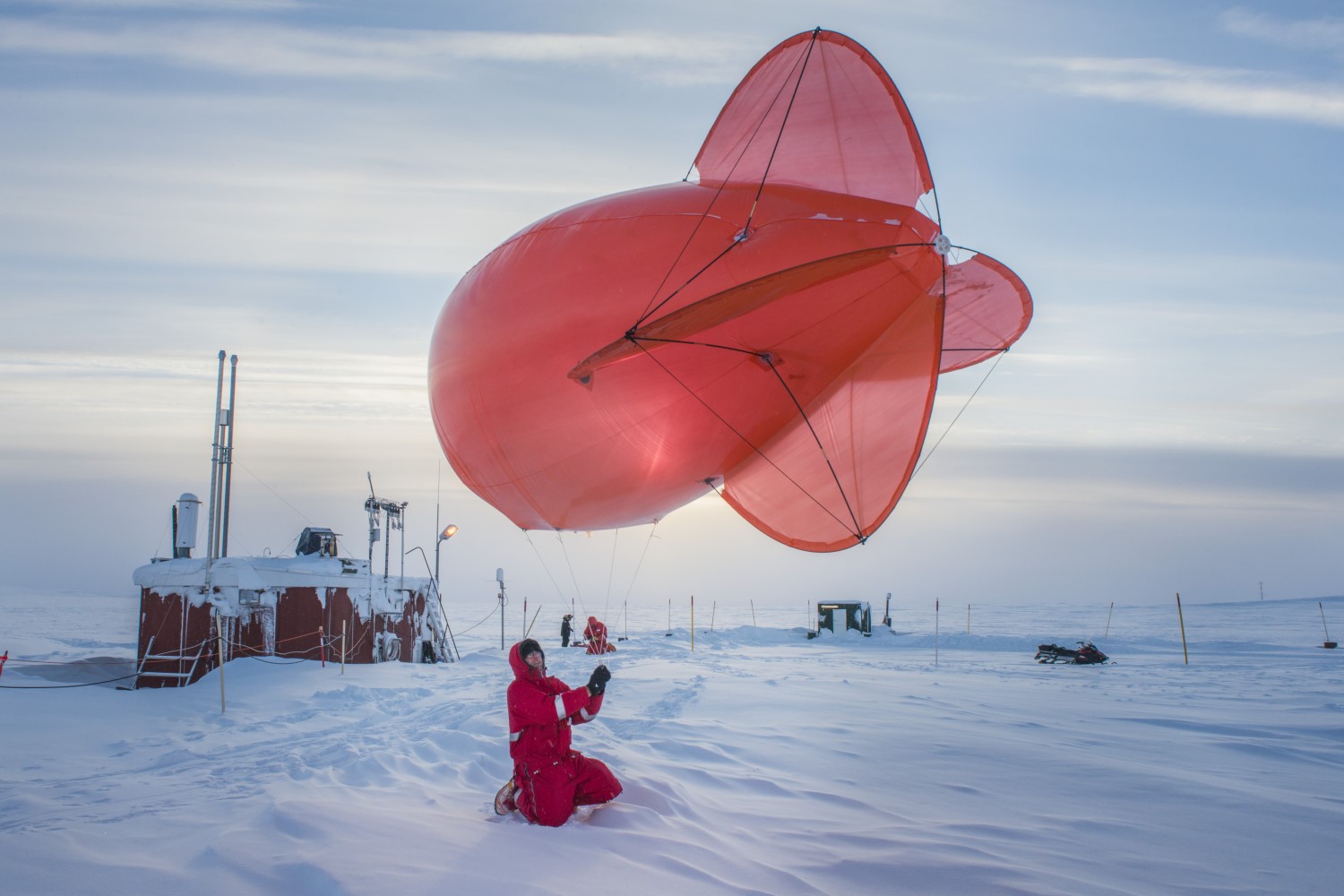
ESTHER HORVATH/ALFRED-WEGENER-INSTITUT, 2019
Unexpected results from airborne surveys in the 1970s showed that the air over Greenland was polluted and that the pollution of the Arctic atmosphere required permanent measuring stations in Greenland. The SAGA (Studies of Aerosols in Greenland Arctic) project began in 1979 and included four stations, including Station Nord in Northeast Greenland.
Surprisingly, the results showed that northern Greenland receives substantial seasonal pollution every year. The concentrations of sulphur and heavy metals in March-April had a pronounced maximum, which at Station Nord far exceeds the levels in Denmark.
It became clear that the pollution in Northeast Greenland originated from atmospheric long-range transboundary transport from urban and industrial areas in Russia and Europe. The monitoring of atmospheric content and atmospheric precipitation and its significance in the Arctic food chains remain a central focus of current research at Villum Research Station/Station Nord.
Further reading
- Biodiversity and nature management
- Systematic environmental monitoring
- The climate in Greenland
- The National Park in north and east Greenland
Read more about Nature and landscape in Greenland
